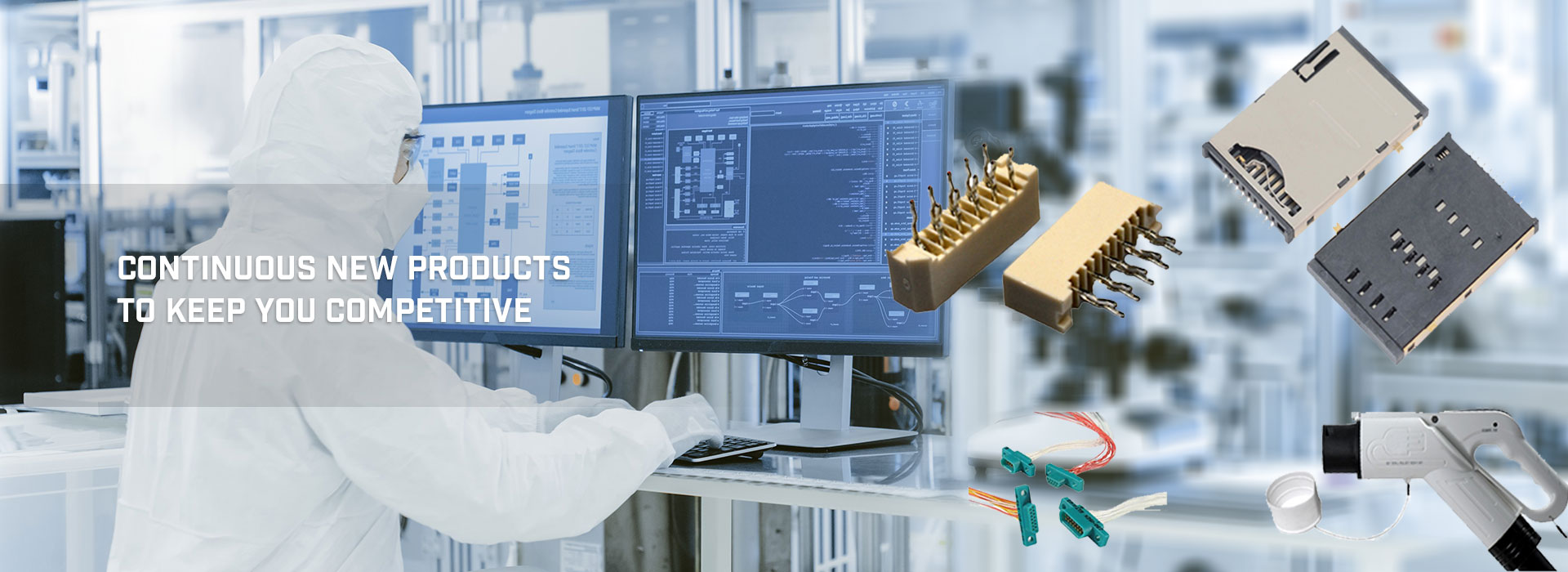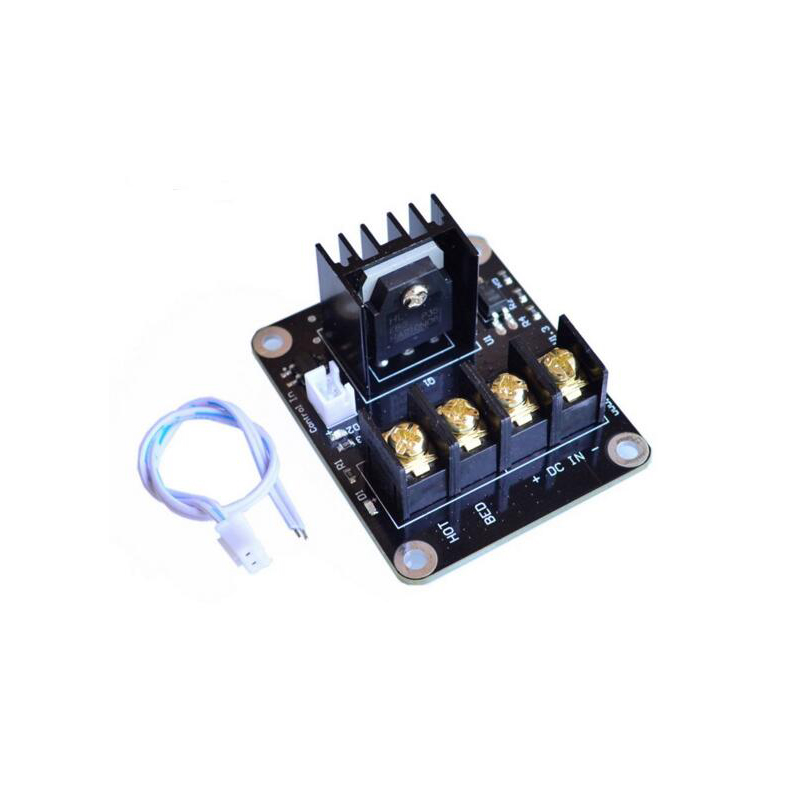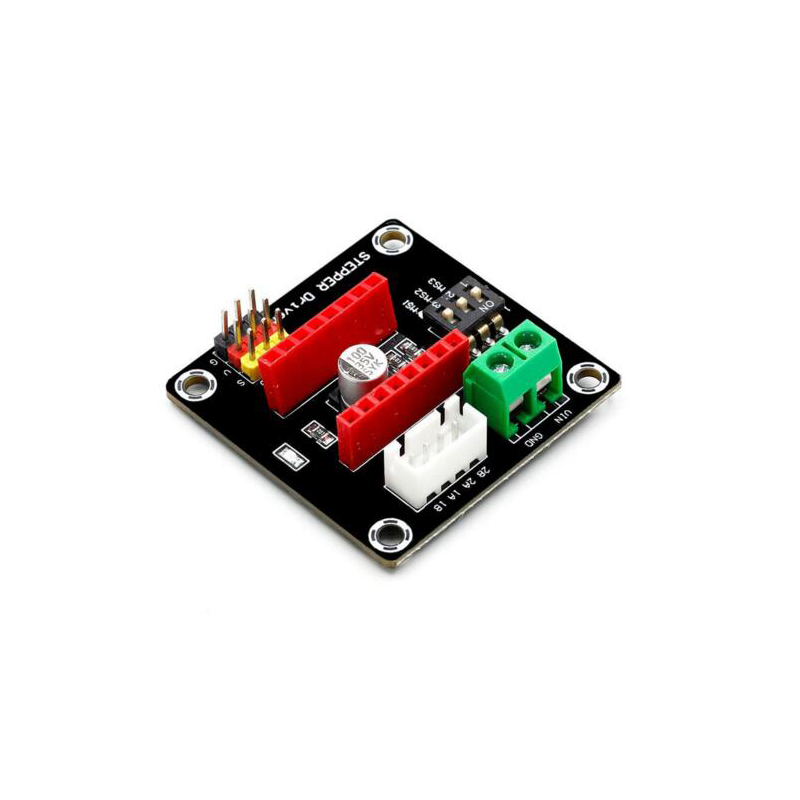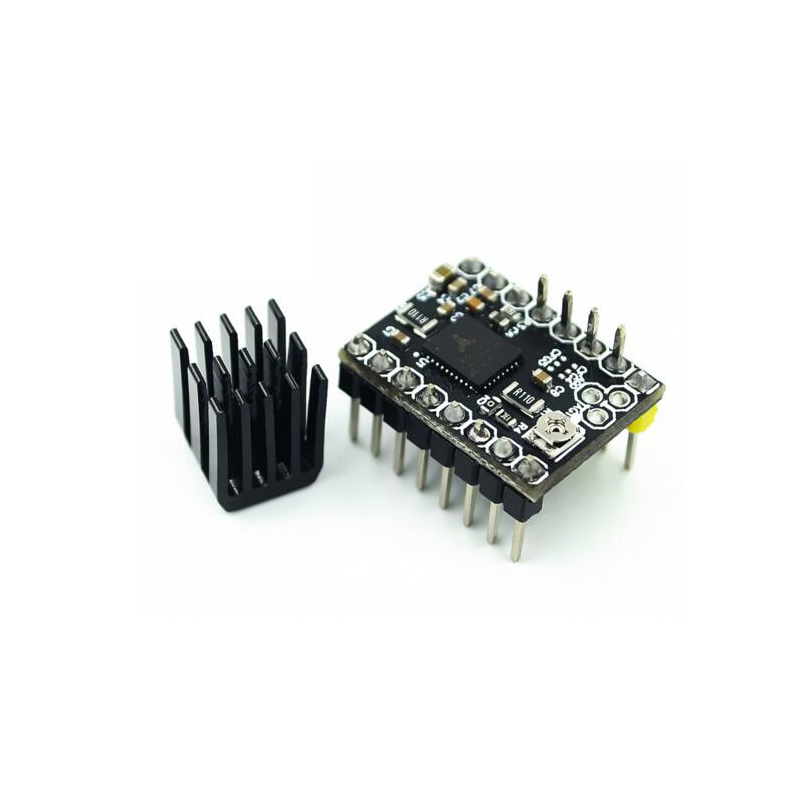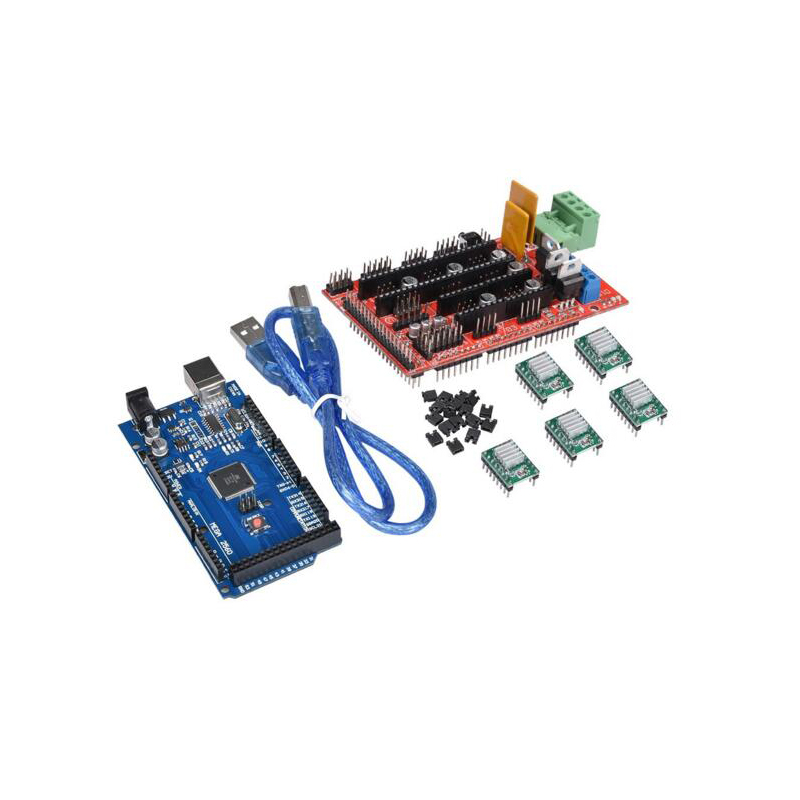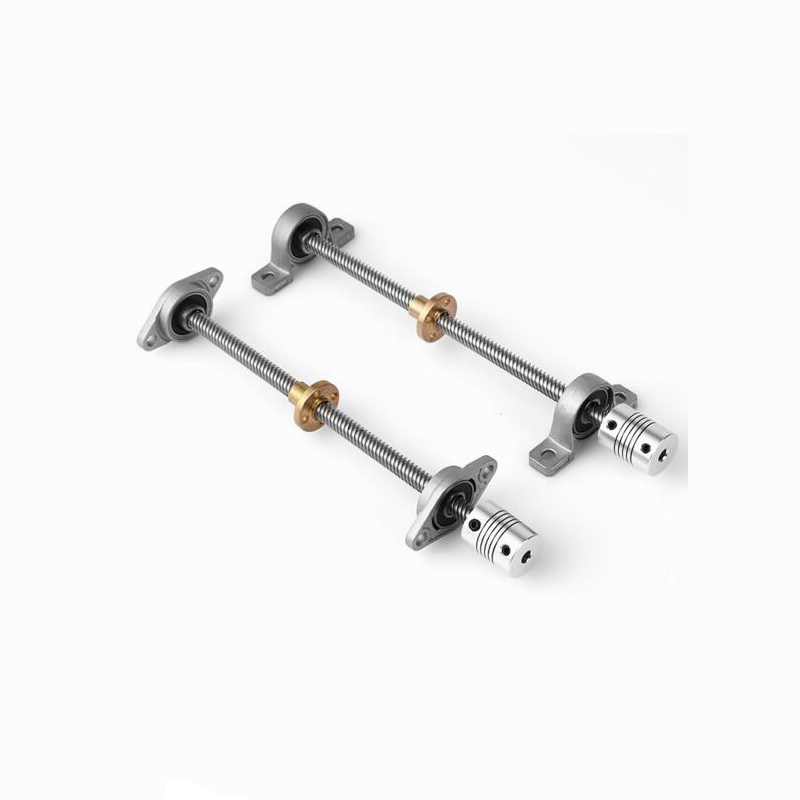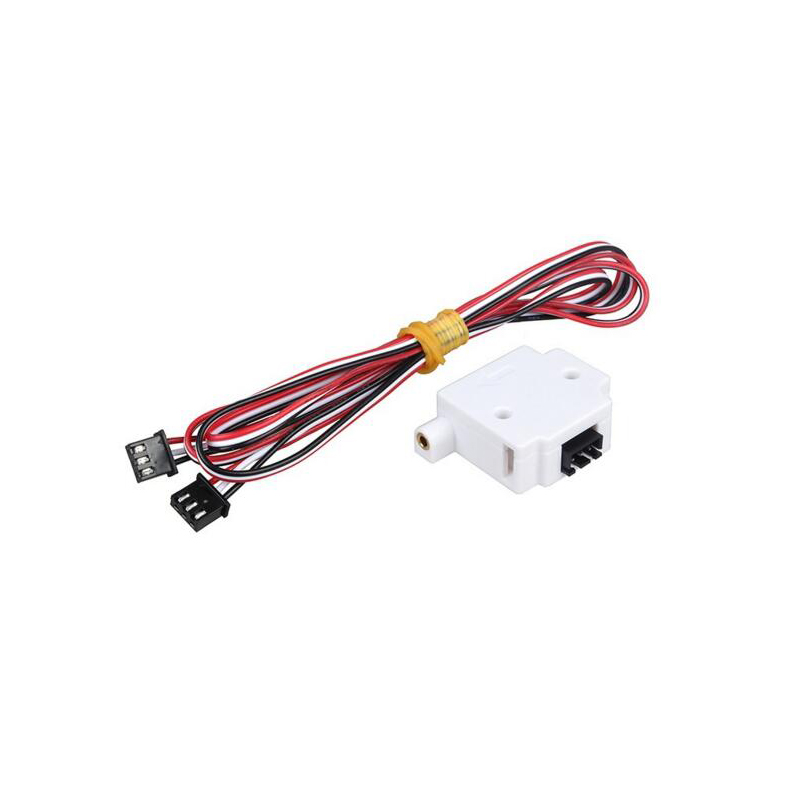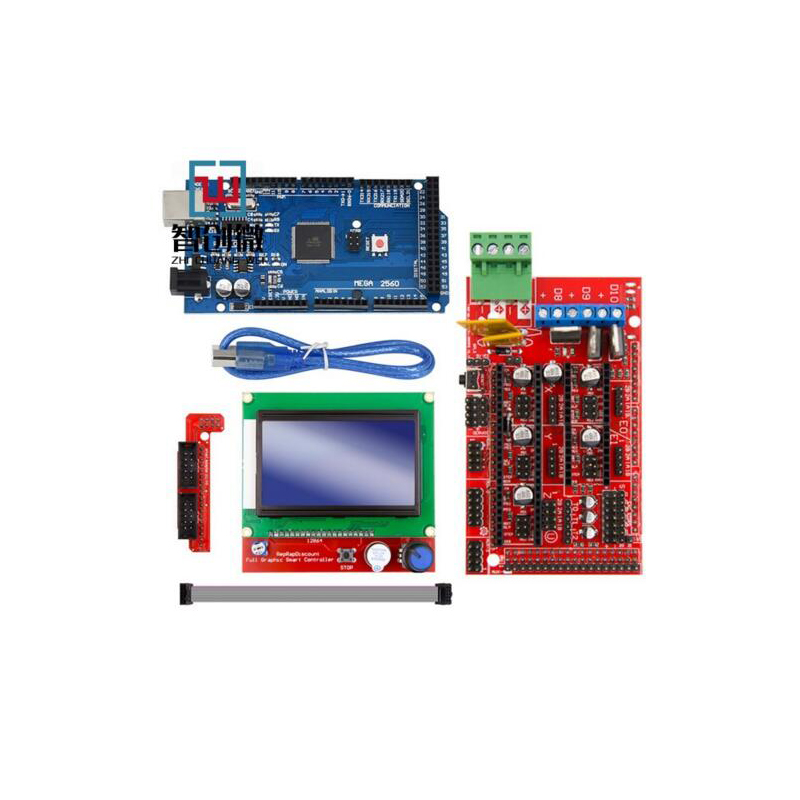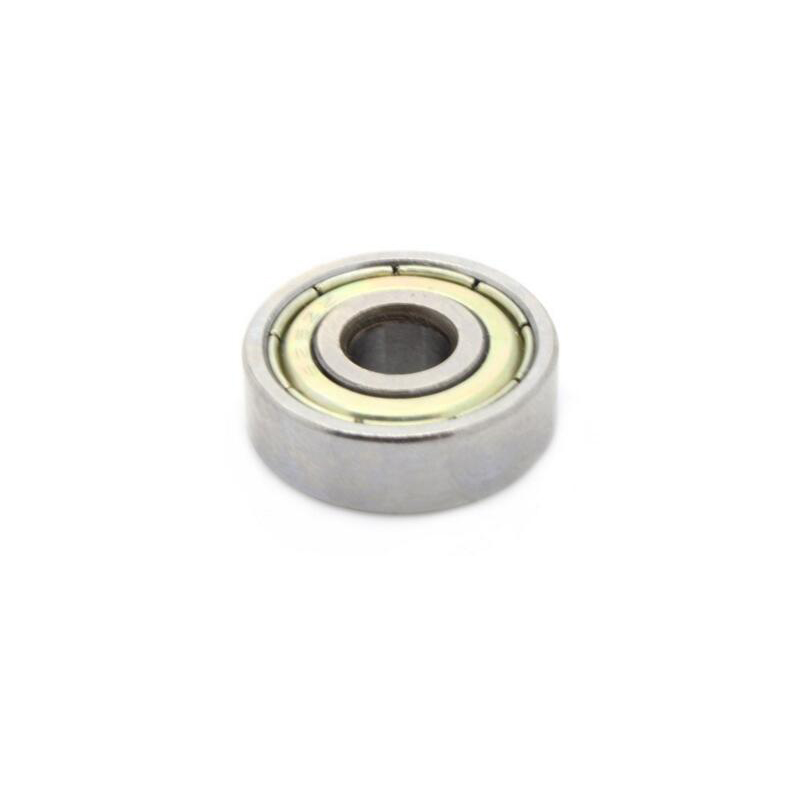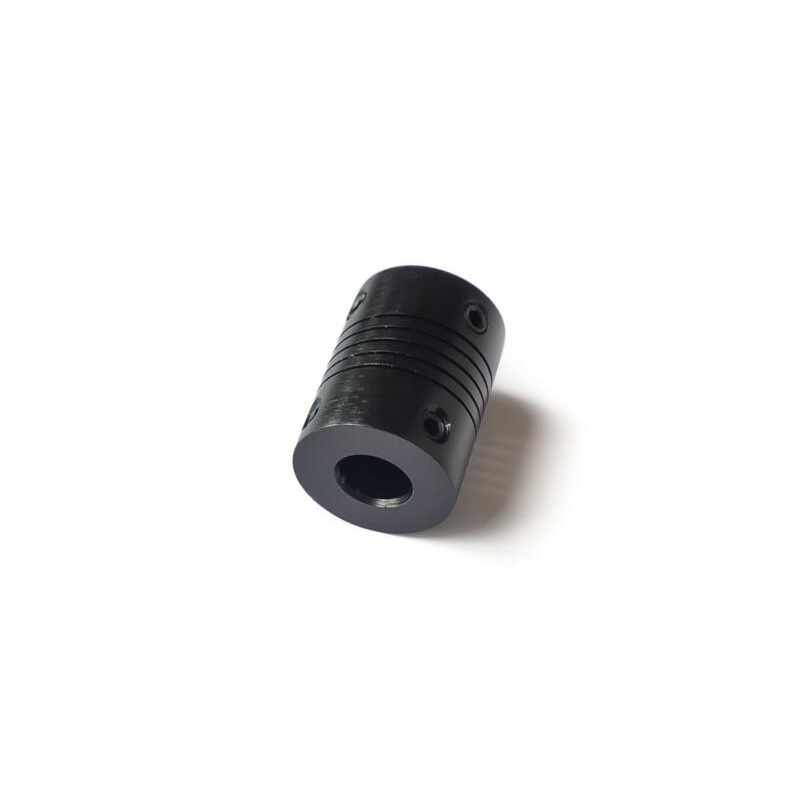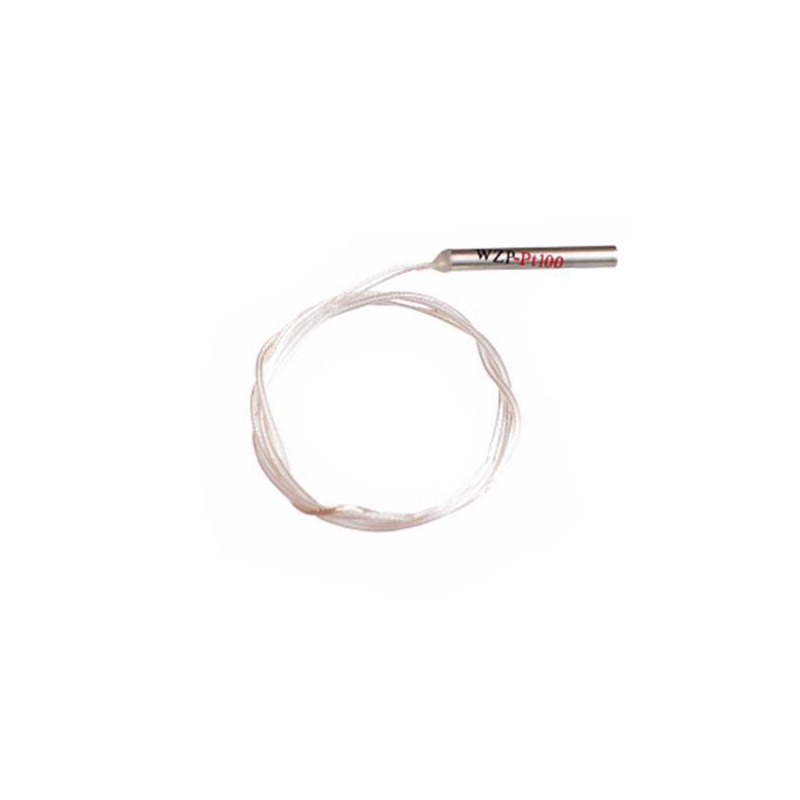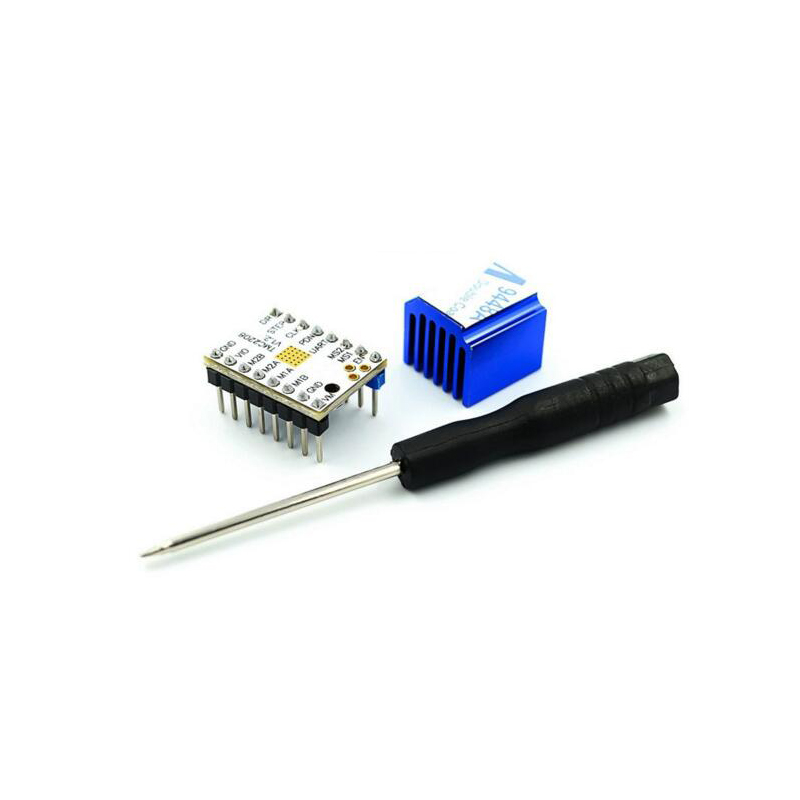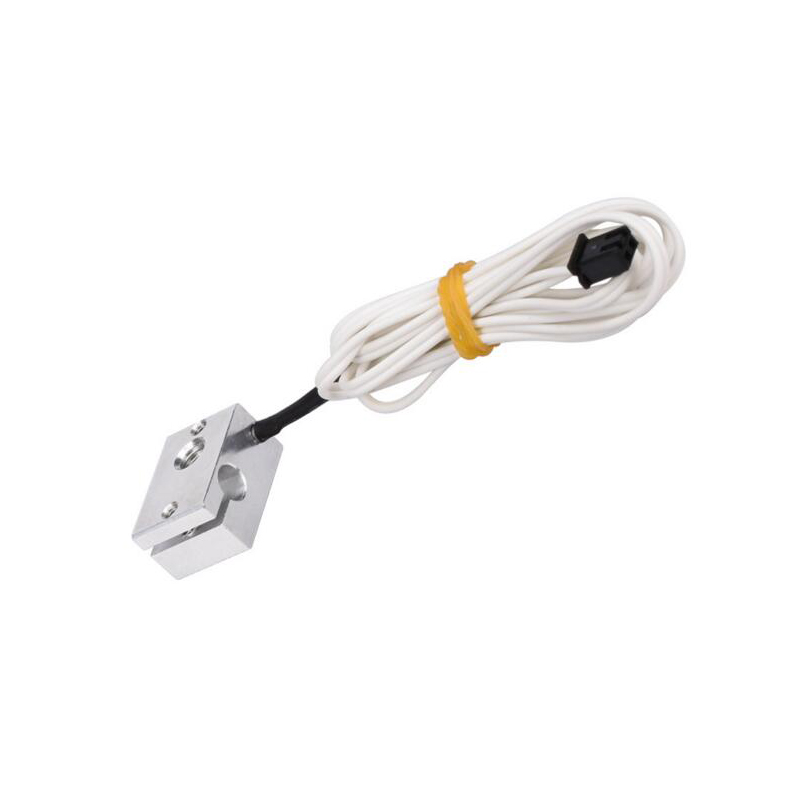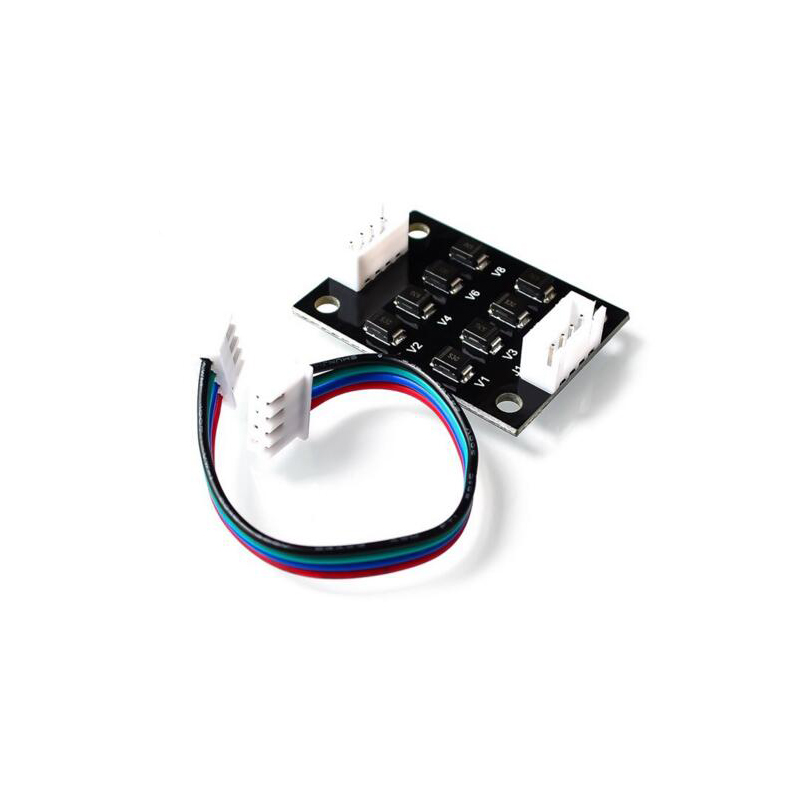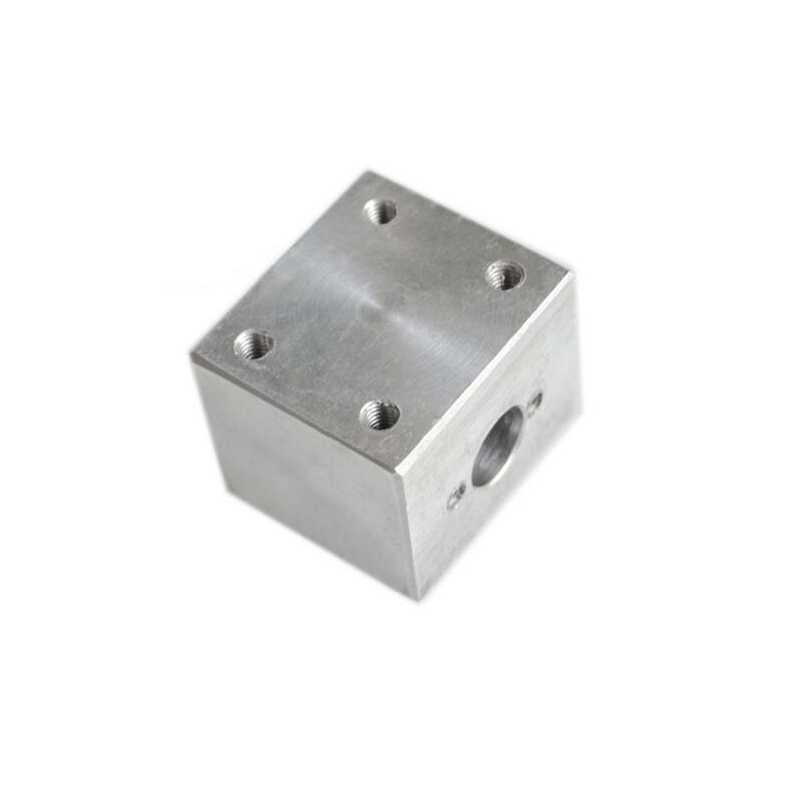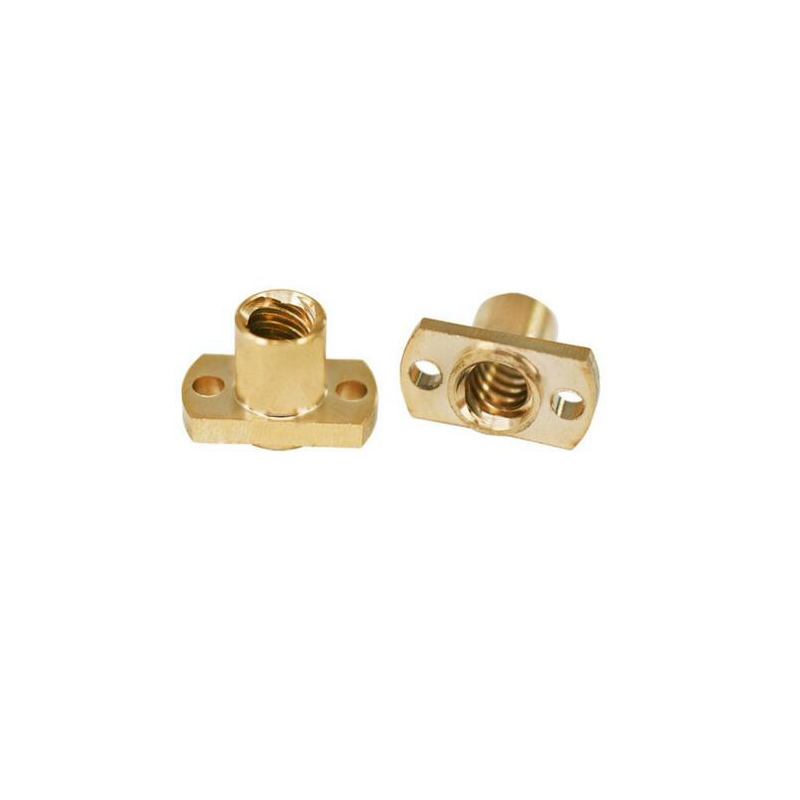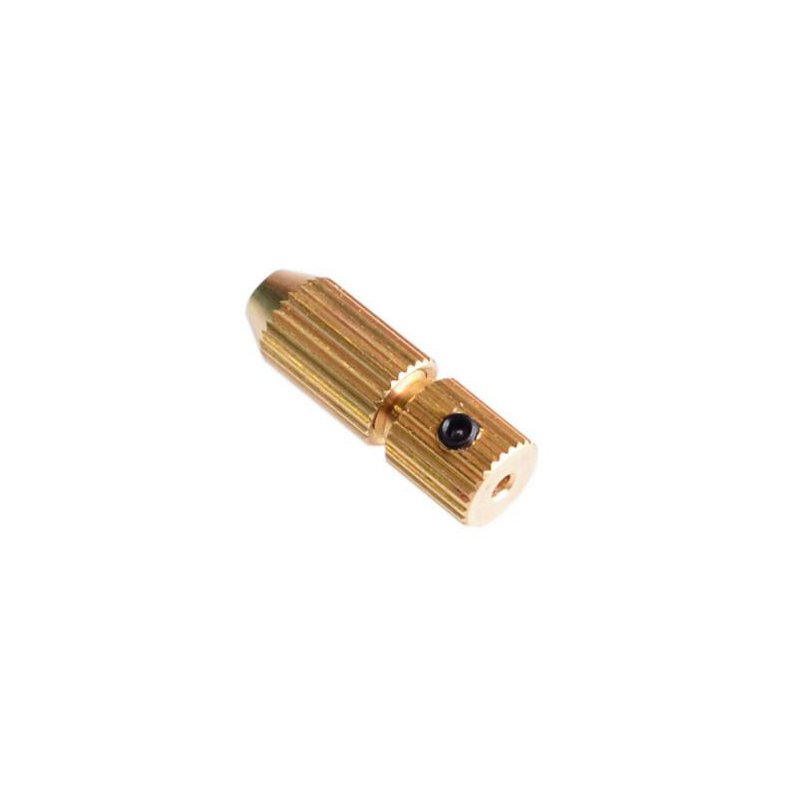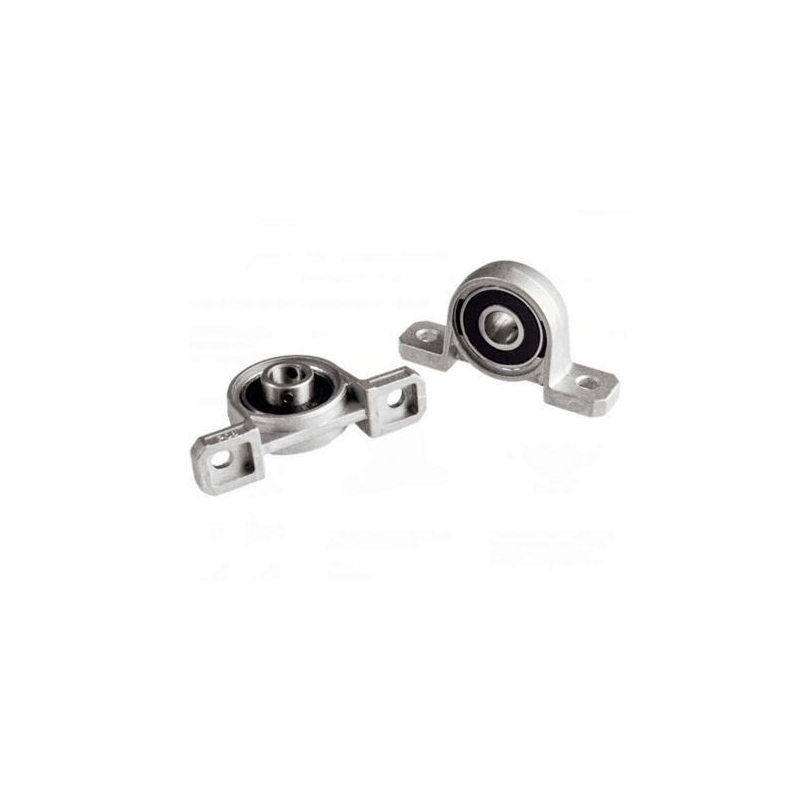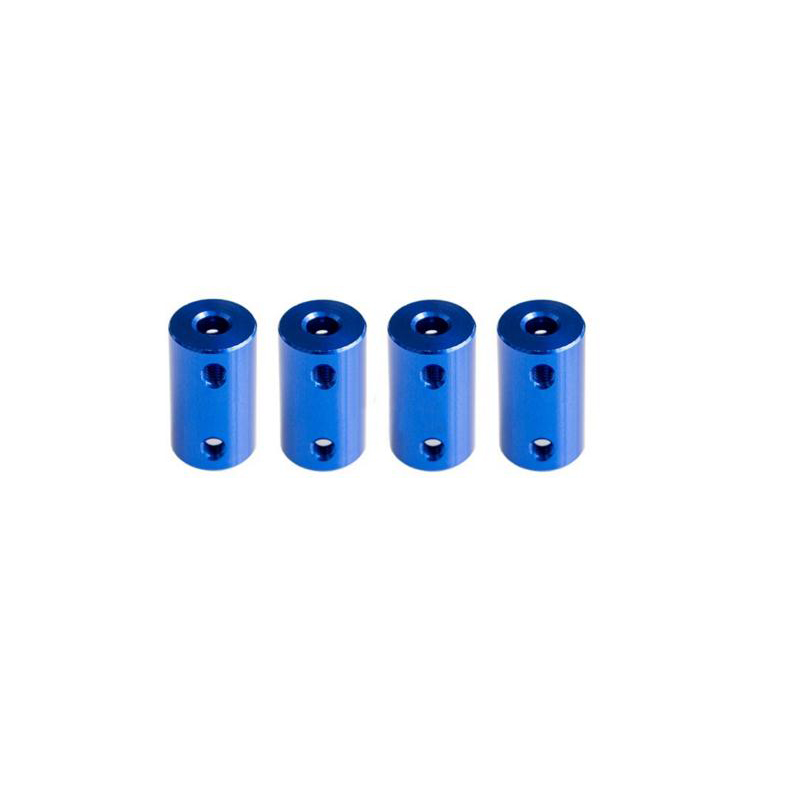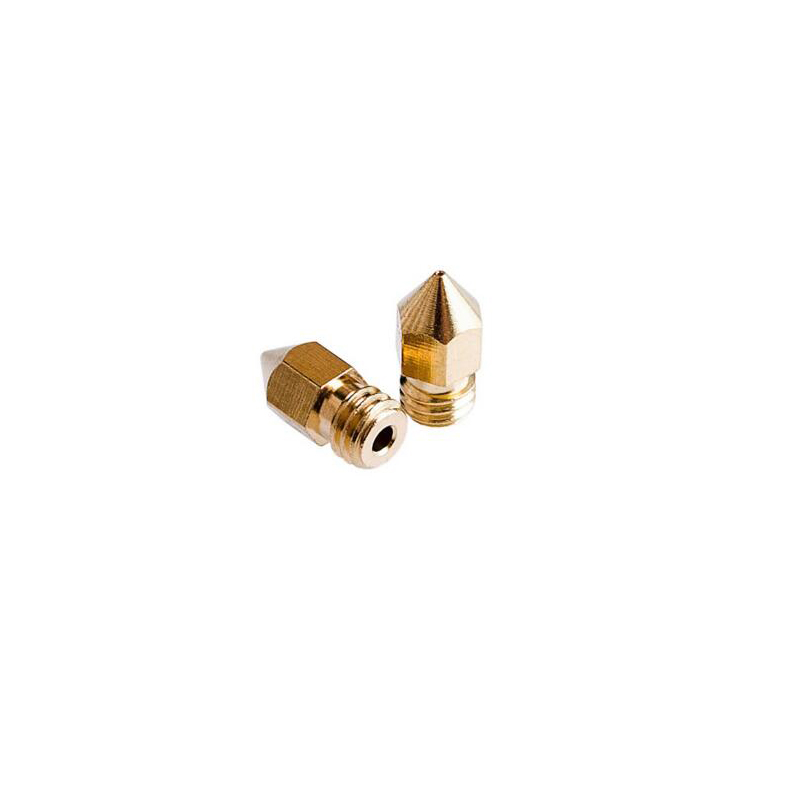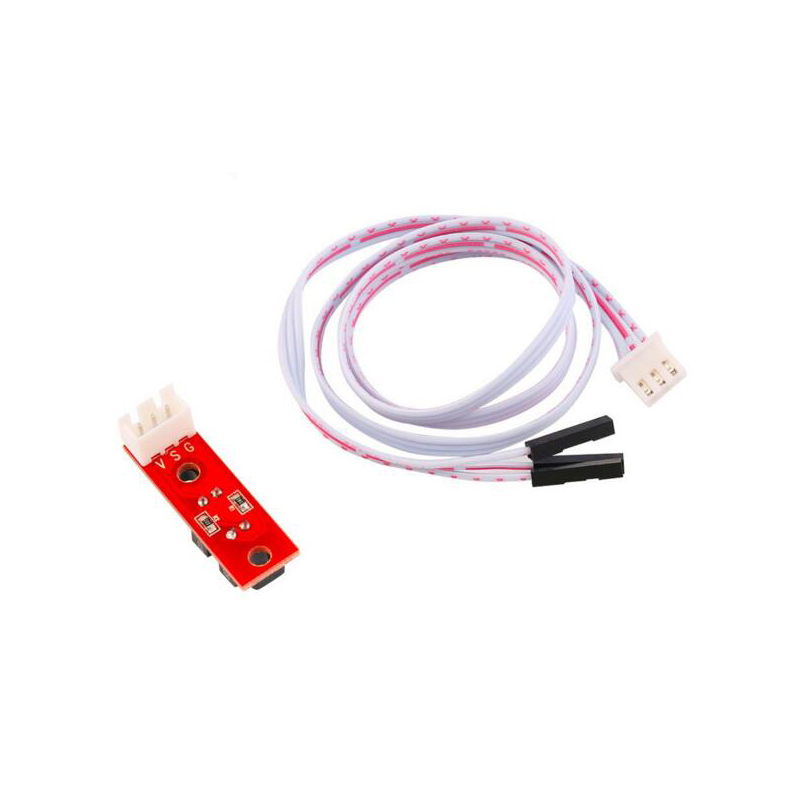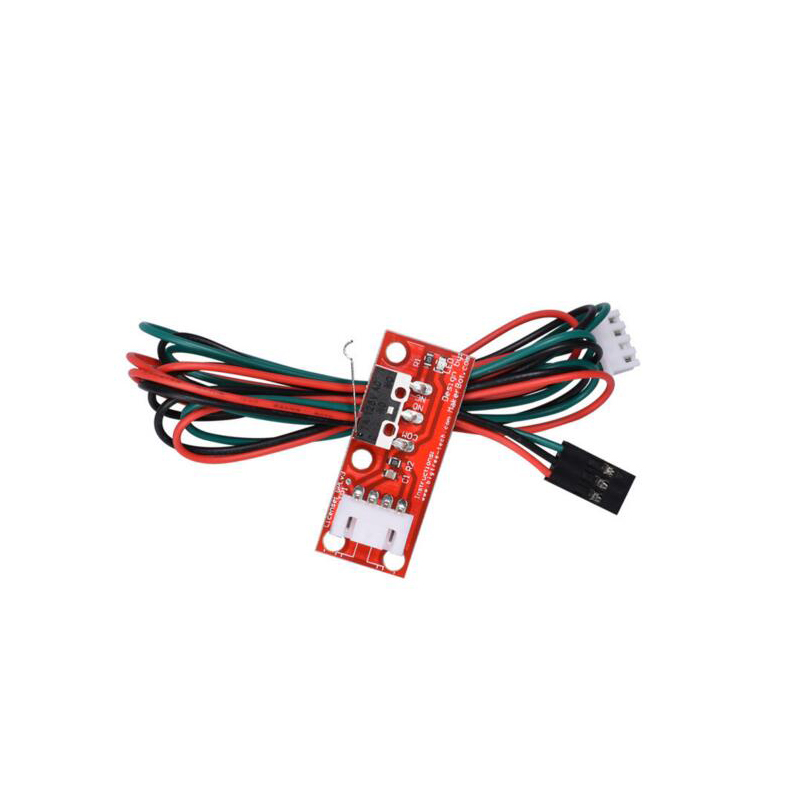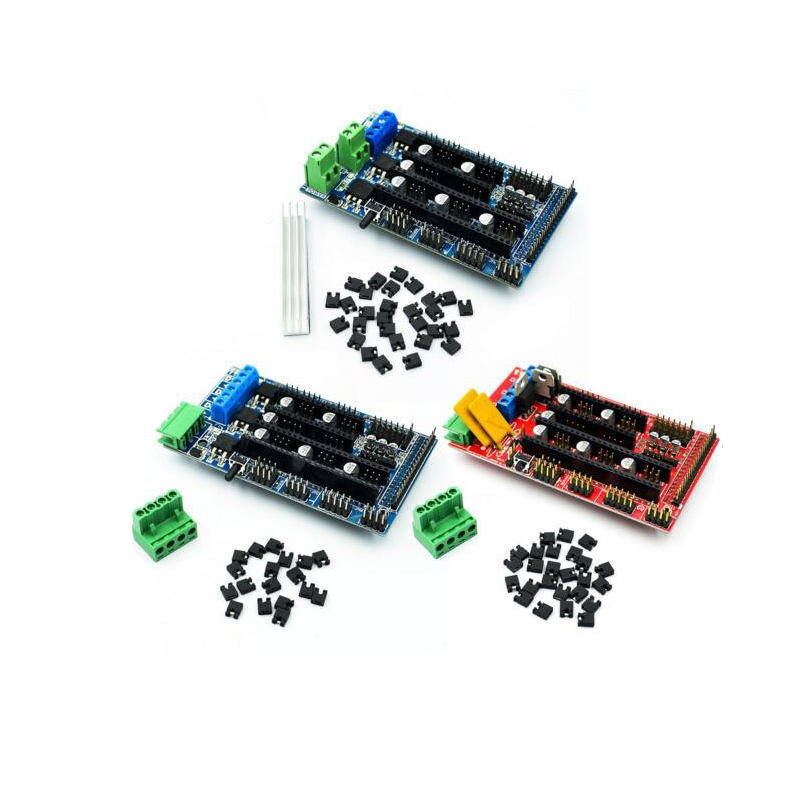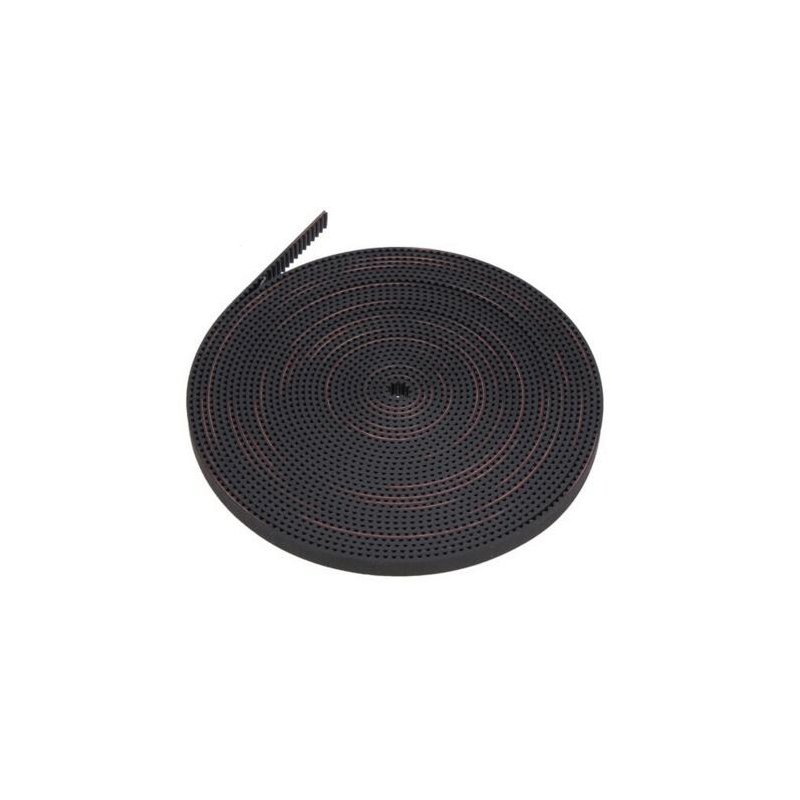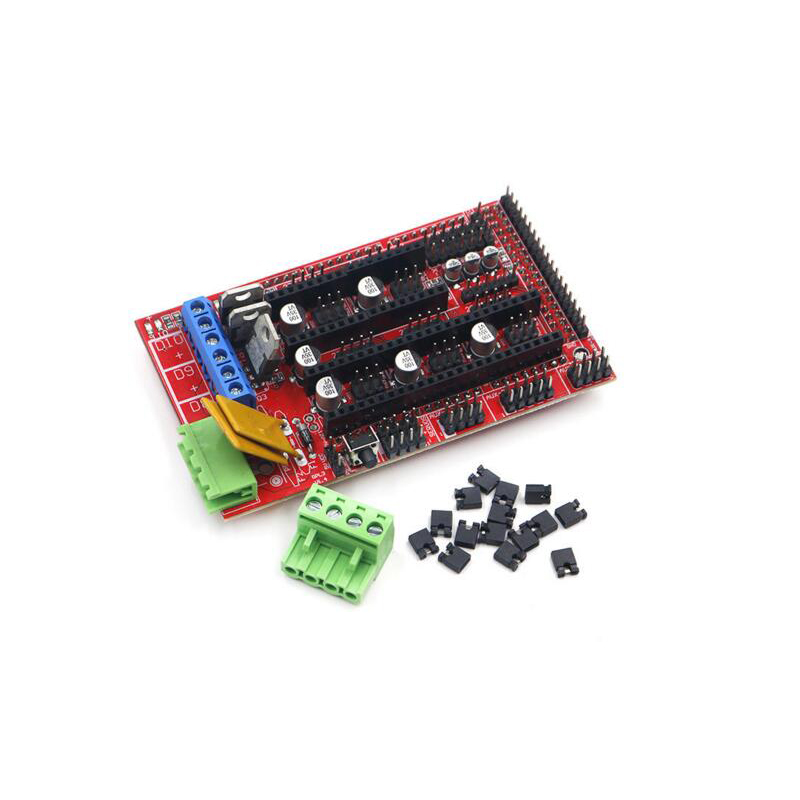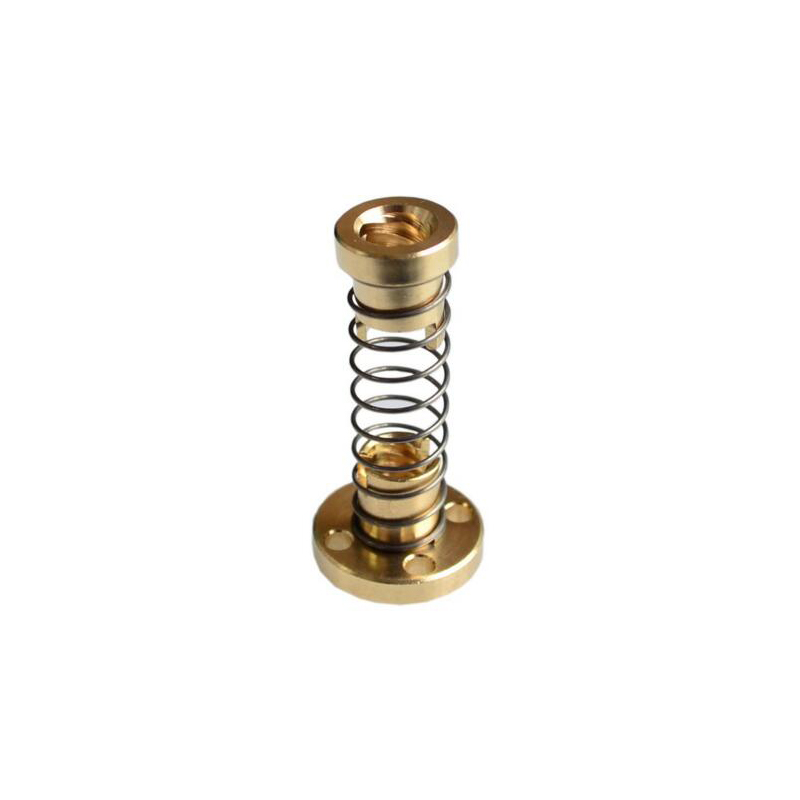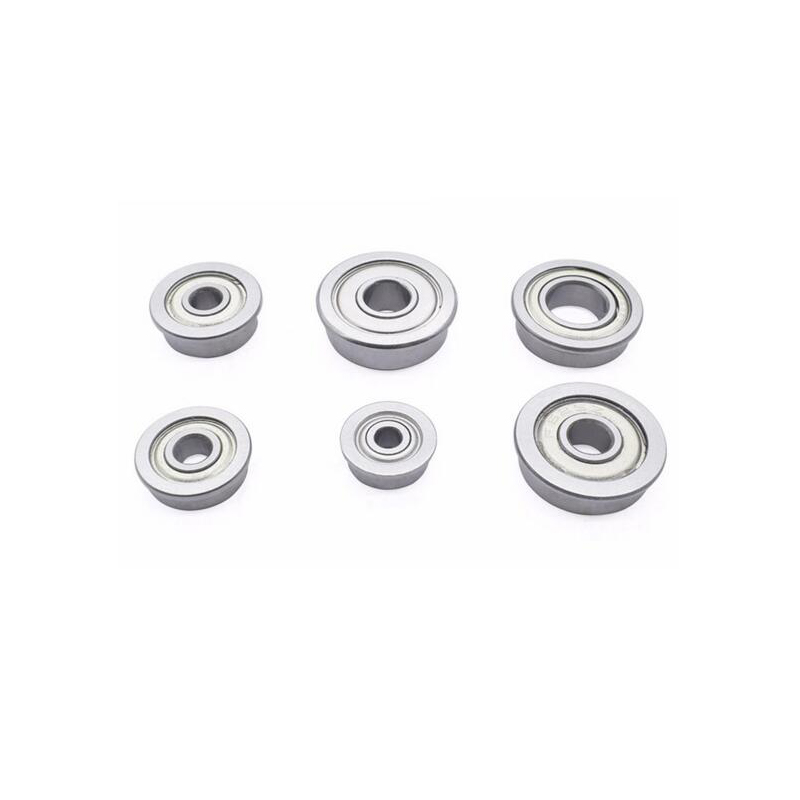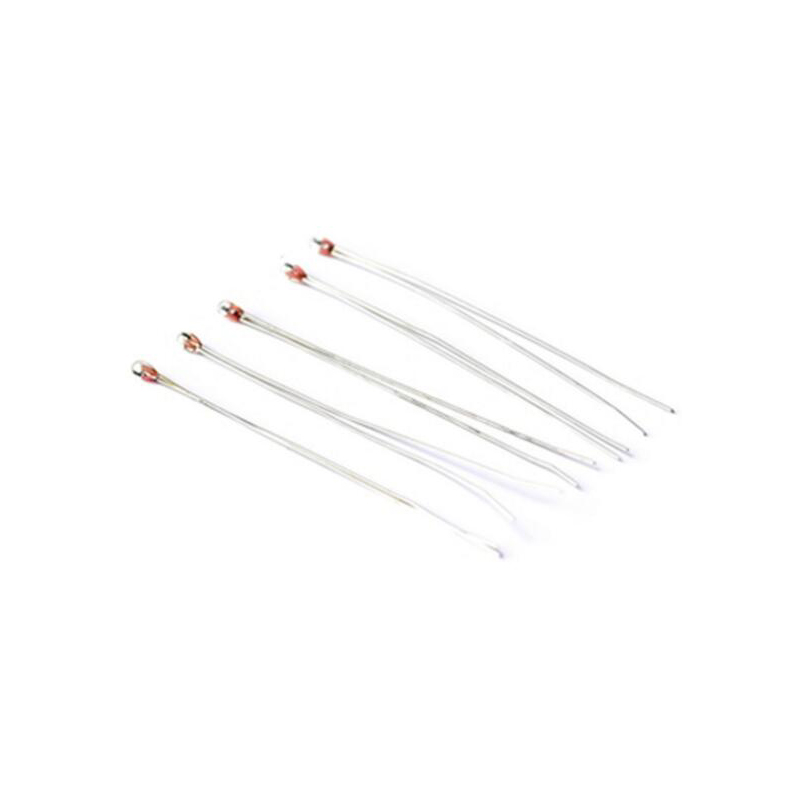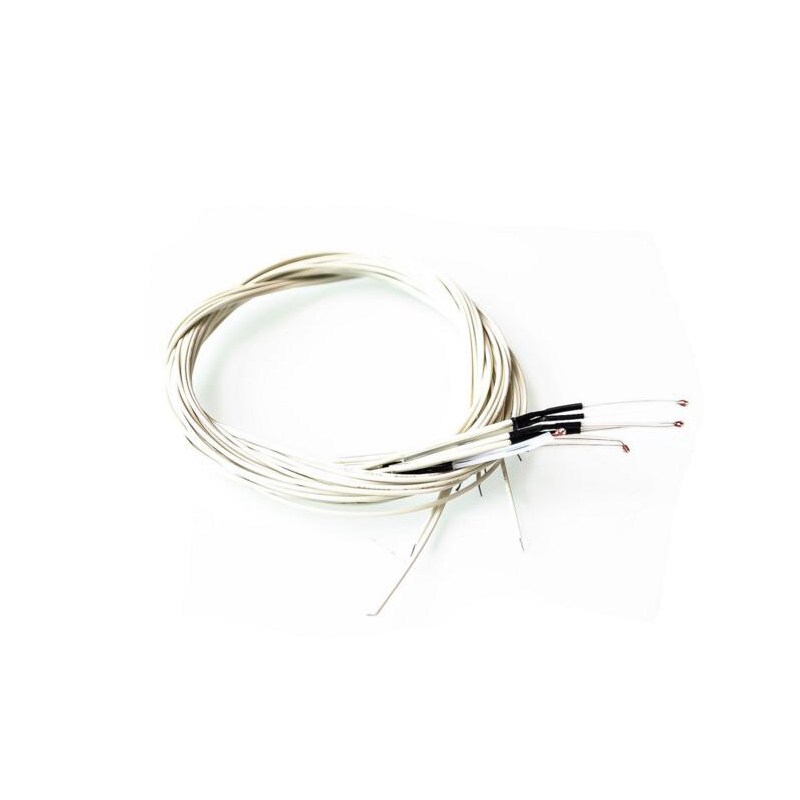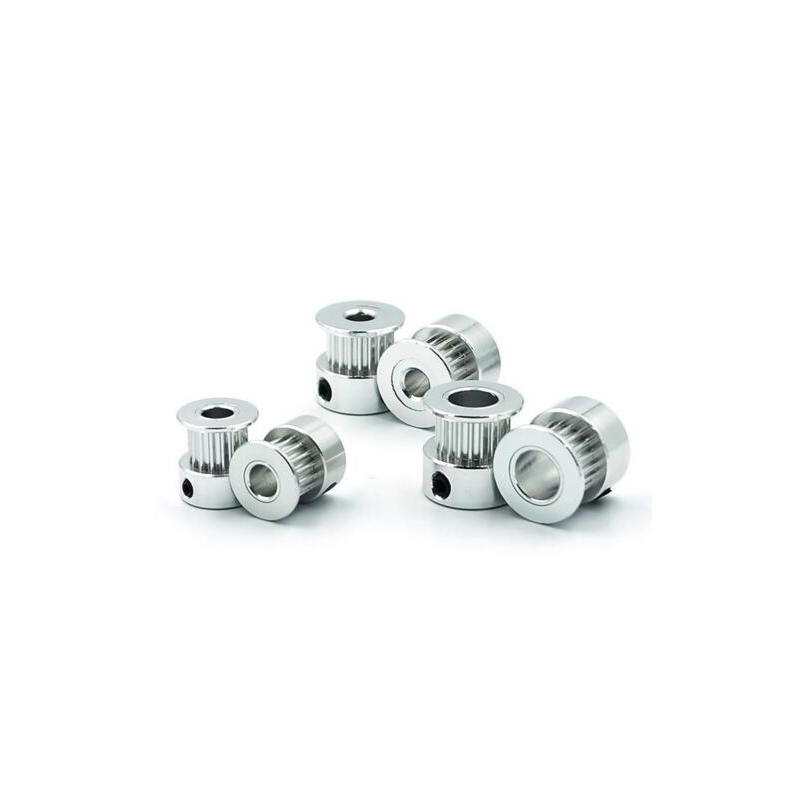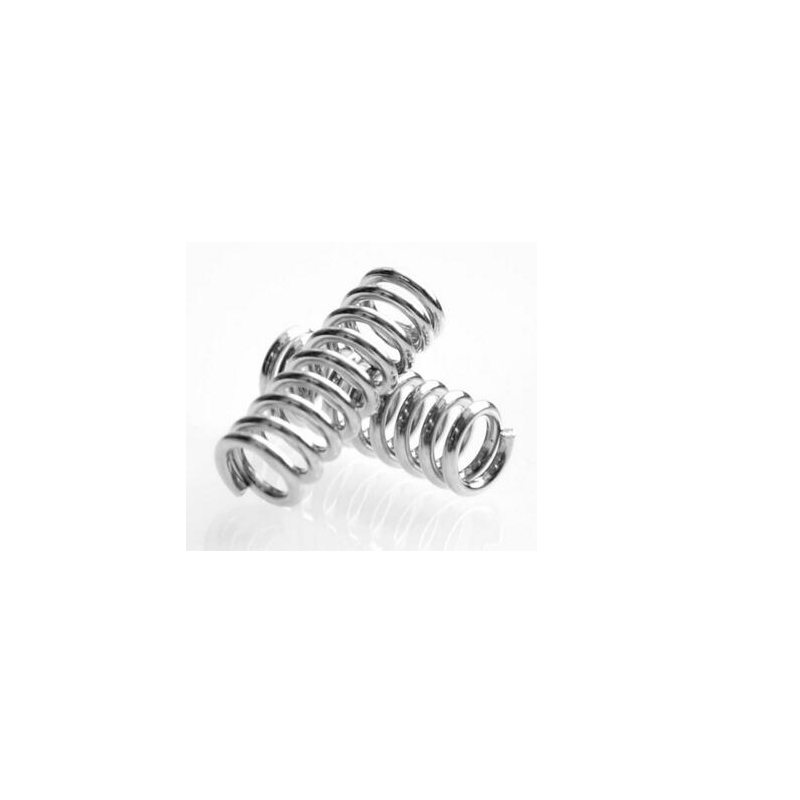3D printer,high-performance 3D printers:
Three dimensional printer, also known as three-dimensional printer (3DP), is a process of rapid prototyping (RP), which makes three-dimensional models layer by layer by layer. Its operation process is similar to that of traditional printer, but the traditional printer prints ink on paper to form two-dimensional plane drawings, The three-dimensional printer is to stack the liquid photosensitive resin material, molten plastic wire, gypsum powder and other materials by spraying binder or extrusion to form a three-dimensional entity.desktop 3D Printers
Rapid prototyping technology:
Rapid prototyping technology (r abbreviated as RP), also known as rapid prototyping manufacturing technology, is an advanced manufacturing technology developed in recent years. Rapid prototyping technology originated in the United States in the 1980s and quickly developed to Japan and Europe. It is a major breakthrough in the field of manufacturing technology in recent years. Rapid prototyping (RP) is a digital forming technology based on discrete stacking forming; It is the technical integration of CAD, numerical control technology, laser technology, material science and engineering. It can automatically and quickly materialize the design idea into a prototype with certain structure and function or directly manufacture parts, so as to quickly evaluate and modify the product design, so as to respond to the market demand and improve the competitiveness of enterprises.
RP integrates advanced technologies such as CAD, cam, CNC, precision servo drive, optoelectronics and new materials. According to the product three-dimensional model constructed by CAD, it is sliced layer by layer to obtain the profile of each layer section. According to these profiles, the laser beam selectively sprays and solidifies a layer of liquid resin (or cuts a layer of paper, or sinters a layer of powder material), or the spray source selectively sprays a layer of binder or hot-melt material to form each section and gradually stack it into a three-dimensional product. It simplifies a complex 3D machining into a series of 2D machining combinations, filament-based 3D Printers
3D printing development:
3D printing, also known as 3D printing, is explained in Wikipedia as a kind of rapid prototyping technology. It uses powder metal or plastic and other bindable materials to construct zero objects through multi-layer printing layer after layer. Mold manufacturing and industrial design are used to build models. Now they are developing into product manufacturing, forming "direct digital manufacturing". Printed parts have appeared in some high-value applications, such as hip joints or teeth, or aircraft parts. "3D printing" means the popularization of this technology.
In the mid-1980s, SLS was developed and patented by Dr. Carl Deckard of the University of Texas at Austin, and the project was sponsored by DARPA. In 1979, a similar process was patented by RF householder, but it was not commercialized. industrial 3D printer.
In 1995, MIT created the term "three-dimensional printing". At that time, graduates Jim bredt and Tim Anderson modified the inkjet printer scheme to a solution that squeezed the constraint solvent into the powder bed instead of squeezing the ink on the paper.
When it comes to 3D printing, we have to mention 3D printers:
3D printer, also known as 3D printer, is a cumulative manufacturing technology, which makes 3D objects by printing layers of adhesive materials. At this stage, 3D printers are used to make samples. Since 2003, the sales of 3D printers have gradually expanded and the price has begun to decline.
The technology can be used in jewelry, footwear, industrial design, architecture, engineering and construction (AEC), automotive, aerospace, dental and medical industries, education, GIS, civil engineering, and many other fields.
The earliest 3D printing appeared in the 1980s. The price is extremely expensive and the number of products that can be printed is very small.
Process principle: the printing process of each layer of 3D printing technology is divided into two steps. First, spray a layer of special glue on the area to be formed. The glue droplets themselves are very small and not easy to diffuse. Then spray a layer of uniform powder. When the powder meets glue, it will solidify and bond rapidly, while the area without glue remains loose. In this way, under the alternation of one layer of glue and one layer of powder, the solid model will be "printed" and formed. After printing, as long as the loose powder is swept away, the model can be "planed", and the remaining powder can be recycled.
The glue and powder used in 3D printing technology are treated special materials, which not only requires the curing reaction speed, but also has a direct impact on the model strength and "printing" resolution.
Technical advantages: the most prominent advantage of 3D printing technology is that it can directly generate parts of any shape from computer graphics data without machining or any mold, so as to greatly shorten the product development cycle, improve productivity and reduce production cost. Compared with traditional technology, 3D printing technology also has the following advantages:
By abandoning the production line, the cost is reduced and the material waste is greatly reduced. Moreover, it can also produce shapes that cannot be produced by traditional production technology, so that people can design aircraft wings or heat exchangers more effectively. In addition, with good design concept and design process, 3D printing technology can also simplify the manufacturing process and produce a single item quickly, effectively and cheaply.
In addition, compared with the parts made by the machine, the printed products are 60% lighter and equally strong.
The development prospect of 3D printing technology is unlimited, but it still needs to be treated rationally based on the current restrictive conditions. With the increasingly perfect connection between domestic 3D CAD software and 3D printing technology, it is believed that 3D printing will not be just a gimmick, but really become the driving force of the third industrial revolution
NINGBO FBELE ELECTRONICS CO.,LTD.
FBELE company was founded in 1997, is China's leading manufacturer of acoustic and other electronic components, we designs,manufactures, distributes high quality products in very competitive price, bestservice, timely delivery, small order acceptable, etc. Our products include piezo ceramic element, piezoelectric buzzer, magnetic buzzer,speakers, transducer, receiver, electret condenser microphone, magnetic contact. Piezoelectric alarm,ultrasonic sensor,PZT ceramics,etc.
- Following 0
- Followers 0
- Send Msg


